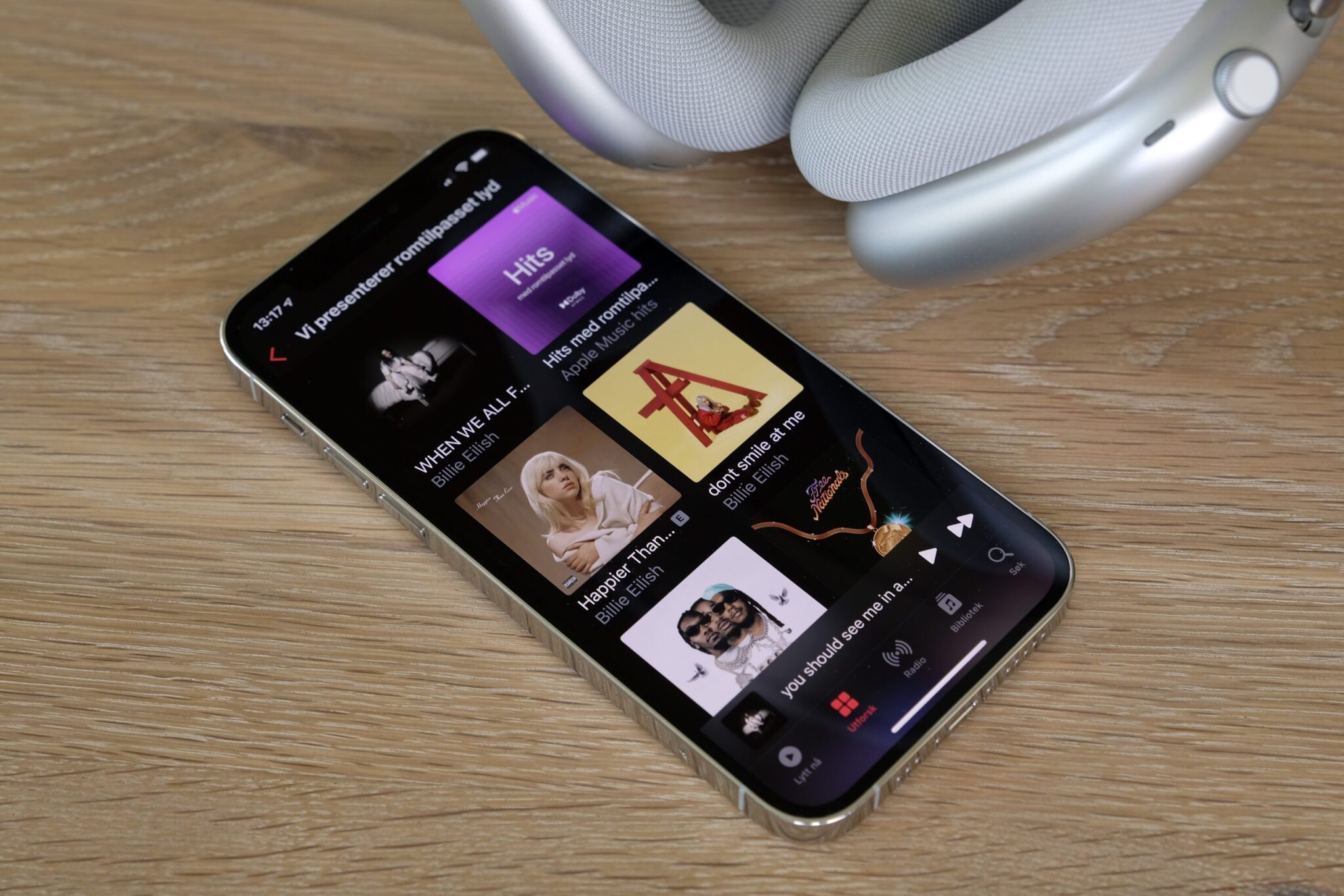

I’m then at an impasse, in which I have a choice between Apple Music and Qobuz.īecause for 10 euros a month each, how do I choose? I have an iPad pro that I bought 2 months ago and an iPhone 7 both in Bluetooth 4.2. I am deep in the Apple environment and I know that Apple Music only “compresses” once, which gives pretty good sound results compared to its competitor. These speakers are compatible with aptX Bluetooth. I wish, in a month at the most, to buy the latest Triangle Sensa SNO3A for €400 rather than Bose speakers because, for the same price, I’m getting Triangle… The thing is, I have two or three questions.
#QOBUZ APPLE TV SOFTWARE#
The result and the display on the NT503 will be the same (PCM) if you play FLAC, ALAC or Lossless WMA files (three formats with lossless compression) with a software like Foobar2000, the latter even notifying you in a small window of the type of compression, the bit rate and the sampling frequency. Then, the player integrated into the Qobuz application sends to the selected DAC the audio flow in PCM via the USB connection, which explains the corresponding display.
#QOBUZ APPLE TV WINDOWS#
Regarding DACs, several playback options are available, most of them being “bit perfect” (LPCM files preserved bit by bit), ASIO, WASAPI, Kernel Streaming (KS), aside from the Windows DirectSound mode. The subscriber then chooses the DAC or the sound card, or even the streaming mode to his Hi-Fi system (DLNA, GoogleCast) that he wants to use by going into the output devices.

WAV files (also called PCM, or to be precise, LPCM, or Linear PCM). Your words highlight the difference in modus operandi on a same device between the playback of audio files from the network versus via its USB input, the digital-to-analog conversion section being actually the same used in both cases.Īs it happens, the network section from the TEAC NT503 will natively play the audio files on the Ethernet network (and even on the Internet), and this is a signal processor that handles the decompression if need be, but the manufacturer will choose what type of files will be decompressed (FLAC, ALAC, AIFF…), which we check and report at the end of the testing grounds of this type of devices, and some of them indeed display the type of compression and the sampling frequency during network playback, or PCM if it is an uncompressed file.Īs for the Qobuz application for Mac/PC, it systematically streams the FLAC files and it also decompresses them, the files thus becoming again the original files, i.e.

Thank you in advance for answering this technical poser. I see it as a problem related to Windows, which systematically decodes FLAC into PCM, a functionality that your application doesn’t allow to bypass. However, a Hi-Res album, the same, played from your desktop application 4.0.27-b011 with the DAC plugged in USB (TEAC ASIO driver) systematically displays PCM and the right sampling frequency. Regarding the PCM received by my DAC (a TEAC NT503), it displays the encoding (MP3, FLAC, PCM,…) and the sampling frequency, and thus Hi-Res files (albums) stored on my NAS are well and truly played from the Ethernet network in FLAC. We have selected part of a subscriber’s email regarding what appeared to him as a technical poser that he submitted us, and to which we had the pleasure of providing an answer, knowing that it could be of use to other people.


 0 kommentar(er)
0 kommentar(er)
